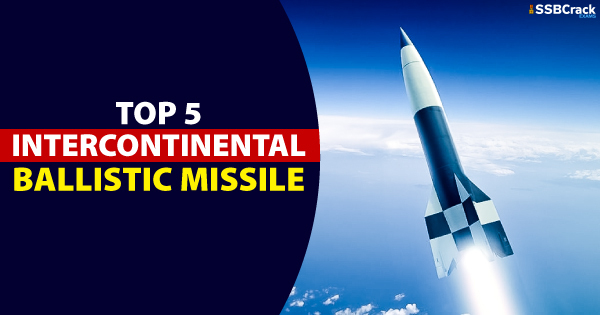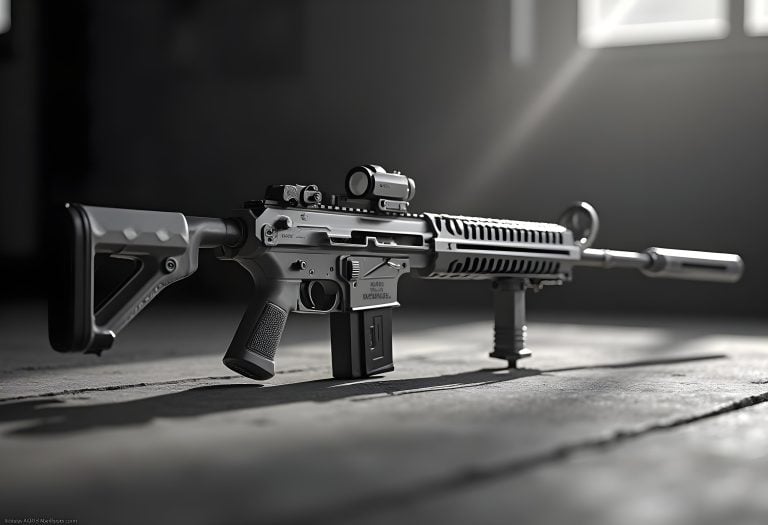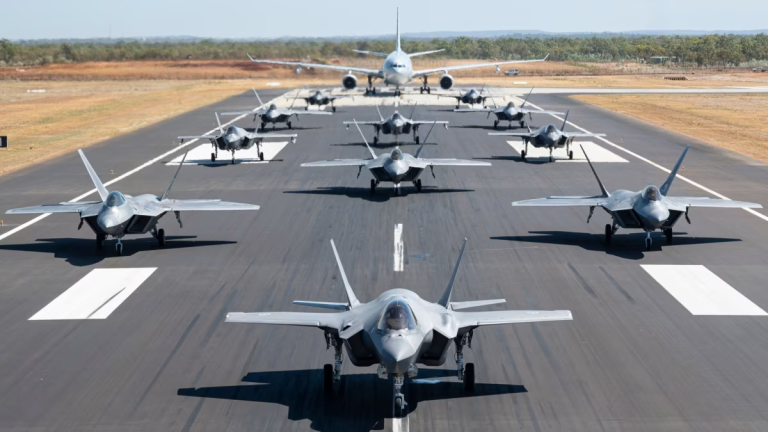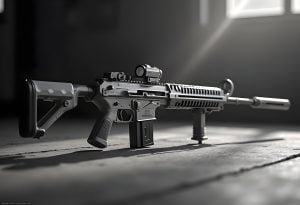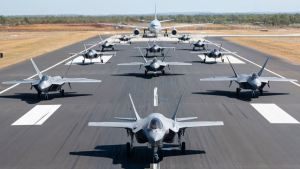Intercontinental Ballistic Missiles (ICBMs) are the pinnacle of military technology, designed to deliver devastating nuclear payloads over vast distances. These formidable weapons, capable of striking targets thousands of kilometers away, have long been the subject of intense geopolitical scrutiny and strategic posturing among the world’s superpowers. As the global security landscape continues to evolve, understanding the capabilities and characteristics of the most potent ICBMs is of paramount importance, both for defense professionals and those aspiring to join the ranks of the armed forces.
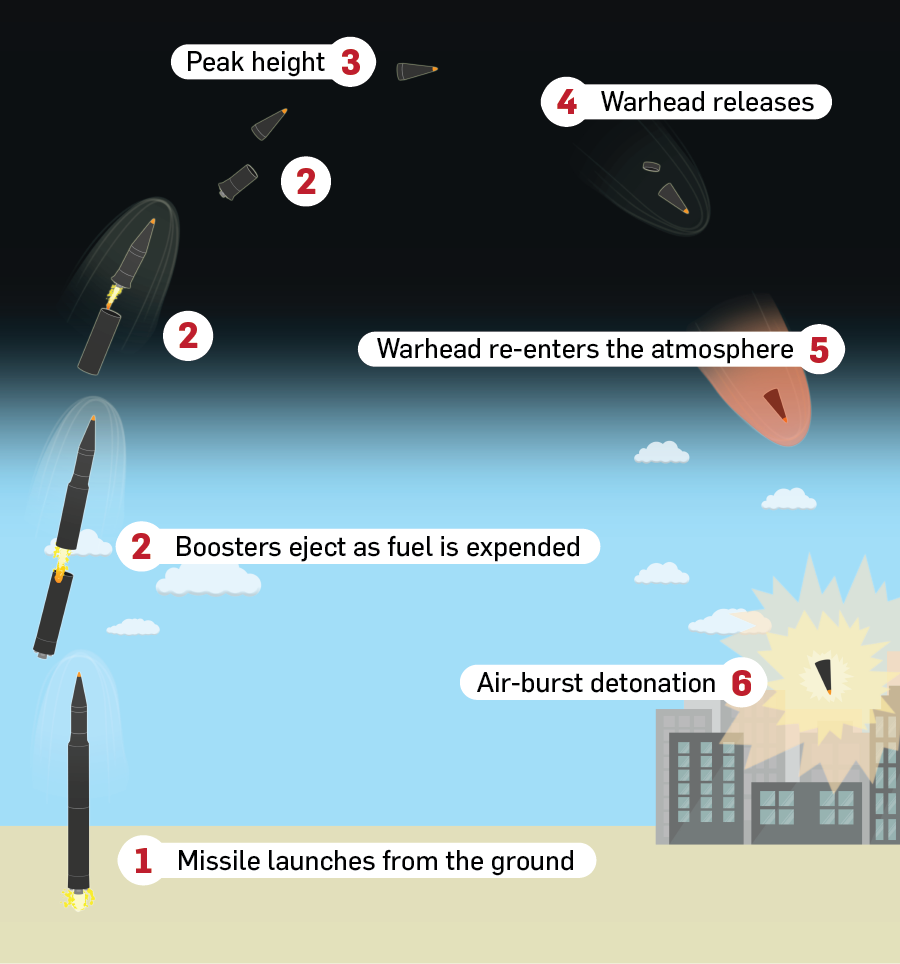
In this comprehensive article, we will delve into the details of the top 5 Intercontinental Ballistic Missiles (ICBMs) across the globe, analyzing their range, payload, accuracy, and the technologies that make them true game-changers in the realm of nuclear deterrence. From the submarine-launched Trident D5 to the formidable Russian R-36M2 Voyevoda, each of these missiles represents a unique blend of engineering prowess and strategic significance.
10 Most Powerful Main Battle Tanks of the World
Trident D5
The Trident D5, or Trident II, is a submarine-launched ballistic missile that has long been the cornerstone of the United States and United Kingdom’s nuclear deterrence strategies. Deployed aboard the Ohio-class and Vanguard-class submarines, this missile boasts a remarkable range of up to 12,000 kilometers, allowing it to strike targets from virtually any ocean. Equipped with an astro-inertial navigation system and the ability to receive GPS updates, the Trident D5 achieves a circular error probable (CEP) of around 90 meters, making it one of the most accurate ICBMs in service.
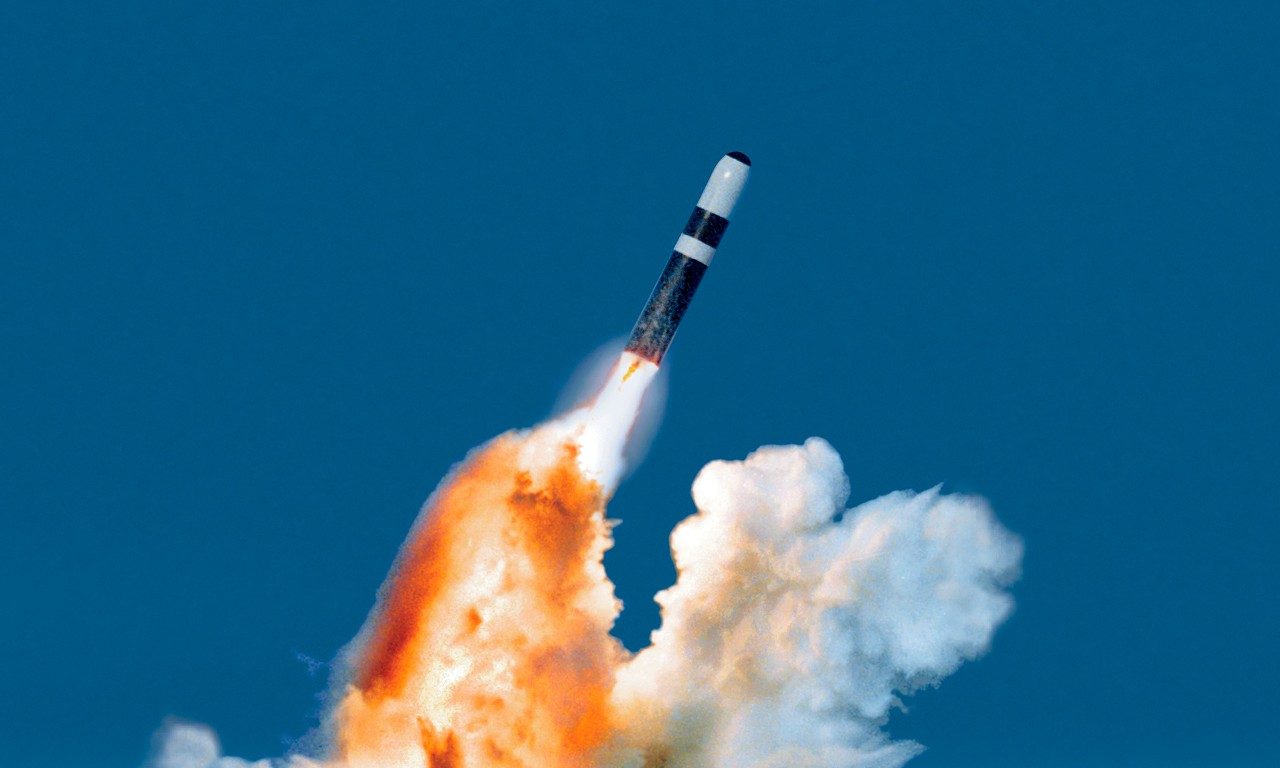
Each Trident D5 missile can carry up to 14 independently targetable reentry vehicles (MIRVs), each with a yield of 475 kilotons. The ability to deploy multiple warheads from a single missile provides the United States and United Kingdom with a significant strategic advantage, enhancing their ability to overcome hostile air defenses and strike a variety of targets simultaneously.
R-36M2 Voyevoda
Developed by the Soviet Union and later inherited by the Russian Federation, the R-36M2 Voyevoda, known in the West as the SS-18 Satan, is a true heavyweight among Intercontinental Ballistic Missiles. With a range of 11,000 kilometers and the capacity to carry up to 10 MIRVs, each with a yield of up to 1 megaton, this missile is a formidable force to be reckoned with.

The R-36M2 Voyevoda’s impressive speed and exceptionally high throw weight, a testament to Russia’s expertise in missile engine development, make it a daunting adversary. Equipped with a comprehensive suite of penetration aids, the missile’s nuclear warheads are notoriously difficult to intercept, further enhancing its destructive potential. While its circular error probable (CEP) of 220 meters may not be the most accurate, the sheer power of its payload more than compensates for this.
Top 10 Missiles of Indian Armed Forces
Minuteman III
As the most numerous Intercontinental Ballistic Missile in the United States arsenal, the Minuteman III holds a crucial role in the country’s nuclear triad. Deployed in silos across several states, this silo-based missile has been a constant presence in the American nuclear deterrence strategy since its introduction in 1970.
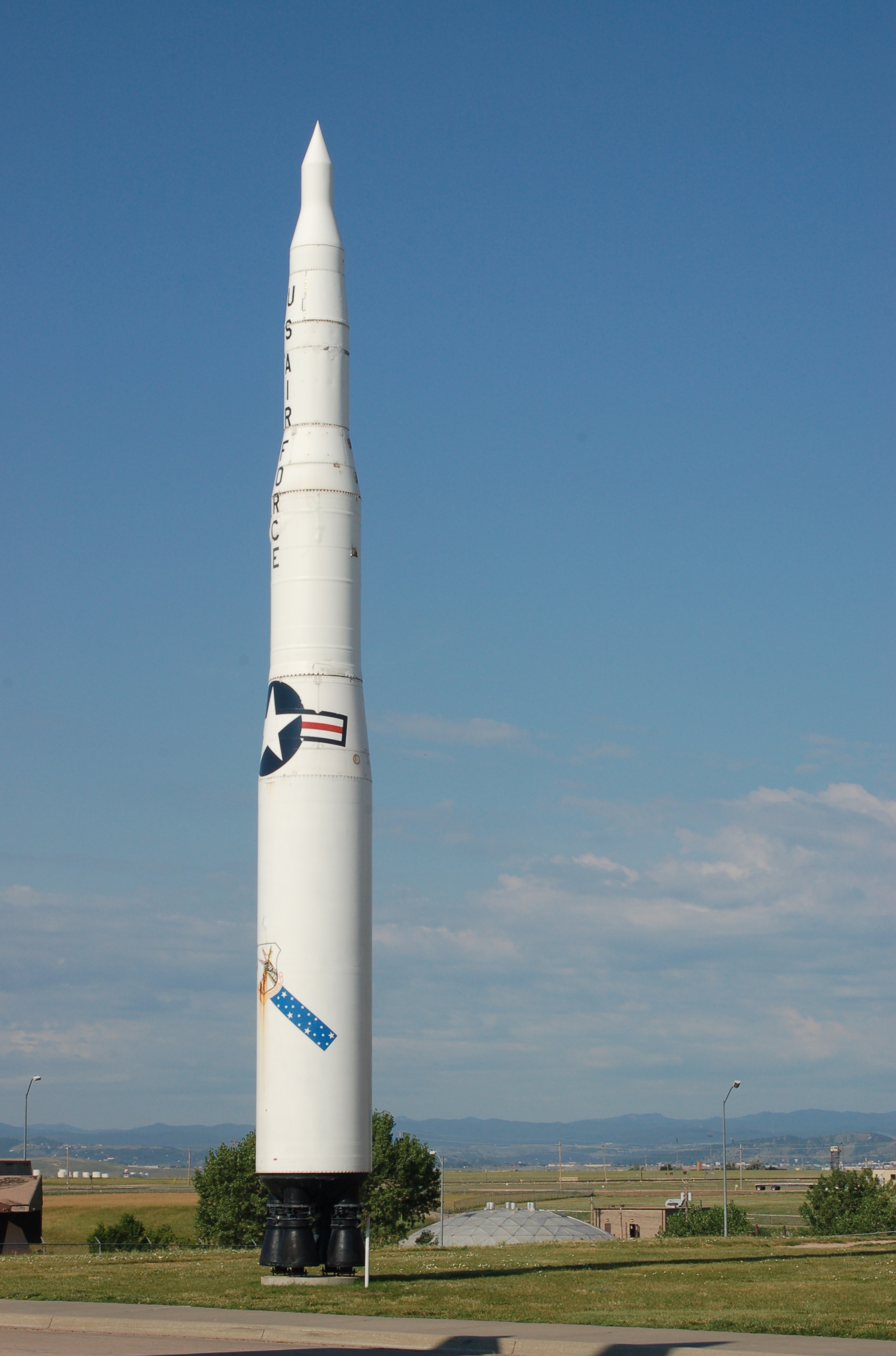
Despite its age, the Minuteman III has undergone numerous improvement programs to maintain its combat effectiveness. With a maximum range of 13,000 kilometers and an accuracy of 120 meters CEP, thanks to an updated inertial guidance system, the Minuteman III remains a formidable weapon. Capable of carrying up to 3 MIRVs, each with a yield of up to 300 kilotons, this ICBM continues to serve as a vital component of the United States’ nuclear deterrence.
15 Most Expensive Future Weapons of the United States Military 2024
R-29RMU2.1 Layner
Developed as an improved version of the previous R-29RMU2 Sineva, the R-29RMU2.1 Layner is a recent addition to Russia’s submarine-launched ballistic missile arsenal. With a maximum range of 12,000 kilometers and the ability to carry up to 12 low-yield warheads, this missile represents a significant advancement in Russia’s underwater nuclear capabilities.

One of the unique features of the R-29RMU2.1 Layner is its ability to be configured with a mixed set of warheads, allowing for greater flexibility in targeting and penetration strategies. Additionally, the missile is equipped with advanced systems to overcome anti-ballistic missile defenses, including the deployment of decoys to confuse and overwhelm enemy interceptors.
Deployed aboard the Delta IV-class submarines, the R-29RMU2.1 Layner provides Russia with a robust and survivable second-strike capability, ensuring the country’s nuclear deterrence remains a formidable force in the global strategic landscape.
11 Largest Warships In The World
M51
The M51 is the latest submarine-launched ballistic missile in the French nuclear arsenal, designed to bolster the country’s strategic deterrence capabilities. With a range of up to 10,000 kilometers, the M51 can strike targets across vast distances, including areas within China, Russia, or the United States.
.jpg)
Each M51 missile can carry between 6 and 10 independently targetable reentry vehicles, each with a yield of 107 kilotons. A newer version, the M51.2, boasts even more powerful 150-kiloton warheads, further enhancing the missile’s destructive potential.
Guided by an astro-inertial navigation system, the M51 achieves a circular error probable (CEP) of around 150-200 meters. While not as accurate as some of its contemporaries, the missile’s advanced penetration aids and the ability to be launched from the French Le Triomphant-class submarines make it a formidable component of the country’s nuclear triad.
The Evolving Landscape of Intercontinental Ballistic Missiles
As the global security environment continues to evolve, the development and deployment of Intercontinental Ballistic Missiles remain a critical aspect of national defense strategies. The missiles discussed in this article, from the Trident D5 to the French M51, represent the cutting edge of ICBM technology, each with its unique capabilities and strategic significance.
Aspiring defense professionals must stay informed about the latest advancements in this field, as a thorough understanding of Intercontinental Ballistic Missiles and their role in nuclear deterrence is essential for success in competitive exams such as the NDA, AFCAT, INET, and CDS. By taking comprehensive online courses and engaging in rigorous preparation, candidates can equip themselves with the knowledge and skills needed to excel in these prestigious examinations and contribute to the defense of their nations.
12 Most Powerful Weapons in the World 2024
Conclusion
The Intercontinental Ballistic Missiles discussed in this article are the pinnacle of military technology, each representing a unique blend of engineering prowess, strategic significance, and nuclear deterrence capabilities. From the submarine-launched Trident D5 to the formidable Russian R-36M2 Voyevoda, these missiles exemplify the ongoing global competition for technological superiority in the realm of nuclear weapons.
As the world grapples with the complexities of the evolving security landscape, a comprehensive understanding of Intercontinental Ballistic Missiles and their role in national defense strategies is of paramount importance. Aspiring defense professionals must stay informed and prepared, leveraging online courses and rigorous examination preparation to equip themselves with the knowledge and skills needed to excel in their chosen fields and contribute to the security of their nations.


